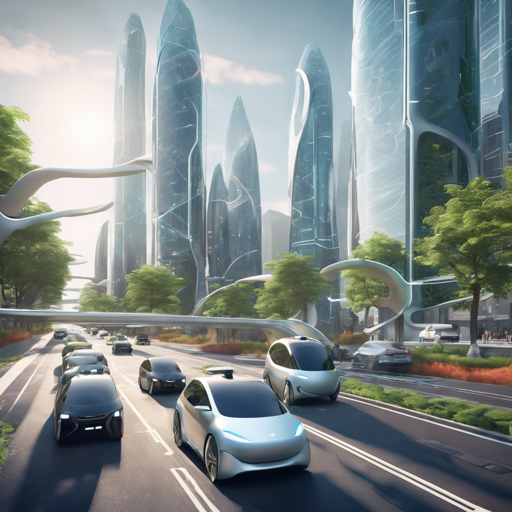Welcome to the exciting realm of End-to-End (E2E) Autonomous Driving! This blog aims to simplify your understanding of autonomous driving methods, explore essential research papers, and provide troubleshooting ideas to enhance your journey.
A Quick Overview of End-to-End Driving Method
The concept of E2E autonomous driving is akin to a modern-day navigation system that knows exactly where to go using only the destination you provide. Rather than using multiple algorithms for perception, planning, and control, a single model takes raw sensor inputs (like RGB images from cameras and readings from LiDAR) and directly produces the necessary commands to navigate a vehicle. This one-step approach aims to create a seamless driving experience without collisions or violations of traffic rules.
Traditionally, the modular pipeline involves several independent components like perception, localization, and behavioral planning, which can get complex. However, with E2E methods, you can bypass these layers, making it as if an experienced driver is reading the road as they go. The CARLA simulator, an open-source environment, is often leveraged for these models to provide a realistic driving scenario akin to training a pilot in a flight simulator. Other notable simulators include SUMO, MetaDrive, and SMARTS.
Understanding the Methods: Imitation Learning vs. Reinforcement Learning
Within E2E driving, there are two primary schools of thought: imitation learning (IL) and reinforcement learning (RL). Think of RL like training a dog: through rewards (like treats), it learns the right behaviors over time. Here, an agent interacts with its environment, evaluates its actions, and constantly adjusts its strategy for maximum rewards.
In contrast, imitation learning draws from the wisdom of a master. Imagine a student watching a cooking show: by observing an expert chef, the student learns how to replicate the dish without trial and error. In this learning style, the agent is trained using demonstrations from a human expert to develop its decision-making process.
Research Papers: A Treasure Trove of Insights
Papers to Follow:
- Hidden Biases of End-to-End Driving Models – Bernhard Jaeger, Kashyap Chitta, Andreas Geiger (ICCV 2023)
- End-to-End Autonomous Driving: Challenges and Frontiers – Li Chen, Penghao Wu, et al. (Survey, arXiv)
- Efficient Reinforcement Learning for Autonomous Driving with Parameterized Skills and Priors – Letian Wang, Jie Liu, et al. (RSS 2023)
Troubleshooting: Tips for Your Autonomous Journey
As you dive deeper into end-to-end autonomous driving, you may encounter a few bumps on the road. Here are some troubleshooting ideas:
- Model Doesn’t Perform Well: Review your training dataset for any biases or missing data points that might skew your results.
- Sensor Errors: Check if your simulation settings accurately reflect real-world conditions; adjust environmental controls accordingly.
- Slow Performance in Simulators: Optimize your model architecture and consider reducing the complexity of the environment for quicker iterations.
For more insights, updates, or to collaborate on AI development projects, stay connected with fxis.ai.
Wrap Up
At fxis.ai, we believe that such advancements are crucial for the future of AI, as they enable more comprehensive and effective solutions. Our team is continually exploring new methodologies to push the envelope in artificial intelligence, ensuring that our clients benefit from the latest technological innovations.

